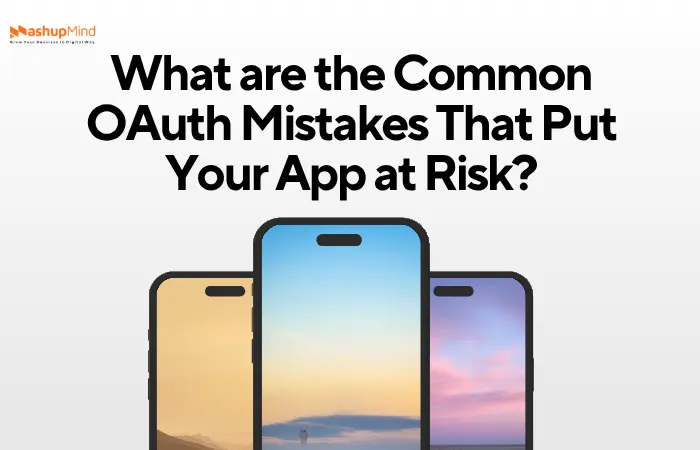As the bullion market continues to evolve, so do the expectations of modern buyers. Today’s investors aren’t just looking for a good deal. They want transparency, trust, and a smooth online experience that mirrors the reliability of the product itself.
Whether they’re purchasing gold coins, silver bars, or rare collectibles, visitors judge a bullion dealer’s credibility by what they see (and feel) on each product page.
In 2025, a high-performing bullion website must balance two things: an investor’s desire for confidence and a search engine’s demand for clarity. Let’s explore what buyers expect, and what search algorithms reward, on well-built bullion product pages.
What Information Do Buyers Value Most?
When someone shops for bullion online, they’re rarely making an impulse purchase. These are high-consideration products that depend on accuracy, assurance, and trust. Shoppers want to know not only what they’re buying, but why they can trust the seller.
At the core, buyers look for product pages that clearly communicate:
- Live, transparent pricing that updates with market rates
- Detailed product specs, including weight, purity, and origin
- High-resolution images showing every angle of the bullion piece
- Verified reviews and authentication assurances
- Secure and insured shipping policies
In short, transparency builds trust, and trust drives conversions.
One of the best examples of trust-enhancing design can be seen when users try to find the best silver bars through product pages that include “Popular Products,” “Volume Pricing,” and live updates.
These elements not only reassure shoppers. They also signal to search engines that the page offers valuable, current, and relevant content.
How Does Real-Time Pricing Affect Conversions?
In a market where values fluctuate by the minute, static pricing is a conversion killer. Bullion buyers expect product prices to reflect live spot rates, with updates automatically integrated through a pricing API.
When shoppers see: “Updated at [time]: Silver Spot $24.31/oz,” they gain confidence that they’re seeing a fair, real-time deal.
Beyond user trust, dynamic pricing helps retain visitors longer. When investors can monitor shifts in live rates directly from your site, they’re less likely to bounce to competitors or price aggregator tools. That added engagement sends positive signals to search engines, supporting better rankings.
Why Are Visuals and Mobile Speed So Critical?
Photos play a huge role in bullion sales. After all, trust in authenticity starts with what the buyer can see.
Product images should reflect clarity, professionalism, and credibility. A single high-quality image is good; a gallery of crisp, zoomable shots showing edge markings, packaging, and mint seals is better.
Even more importantly, these images must load fast on every device. Many bullion investors browse on mobile during trading hours, so pages should prioritize speed and accessibility:
- Optimize image compression without sacrificing quality
- Use clean, responsive layouts that adjust seamlessly on phones and tablets
- Avoid intrusive pop-ups that disrupt the checkout flow
When pages load in under two seconds, conversion rates can increase by 20 – 30%. That kind of performance advantage is too important to overlook.
How Do Reviews and FAQs Build Trust?
Bullion buyers often spend hours researching before making a purchase. Having reviews, ratings, and detailed FAQs directly on the product page streamlines that process and reinforces credibility.
Strong review and Q&A modules can:
- Answer key questions
- Highlight real customer satisfaction and delivery experiences
- Reduce support tickets by covering shipping, insurance, and return details upfront
A solid FAQ section also provides rich, indexable content that supports SEO. When written naturally, it allows product pages to rank for conversational search queries such as “Is buying silver bullion online safe?” or “What’s the difference between a 10 oz and 100 oz silver bar?”
What Role Do Comparison Blocks and UX Modules Play?
Savvy buyers like options and comparison modules that make it easy for them to weigh choices without leaving the page. A “Compare Similar Products” section featuring live pricing and purity details helps keep users engaged while subtly guiding them toward higher-margin or faster-moving inventory.
When these elements are visually consistent and clearly labeled, they make your site easier for users to trust and for search engines to understand.
What About Shipping and Insurance Transparency?
Shipping is one of the biggest trust points for precious metal buyers. They need assurance that their order will arrive safely, discreetly, and fully insured. The best product pages now feature short, bold statements like:
- “All orders are fully insured during transit.”
- “Signature required upon delivery.”
- “Secure, discreet packaging to protect your investment.”
Including these guarantees near the “Add to Cart” button can lift conversions noticeably, especially among first-time buyers who might otherwise hesitate.
How Do SEO and User Experience Work Together?
Modern search engines evaluate product pages based not just on keyword relevance, but also on user engagement signals, such as time on page, click depth, and bounce rate. That’s why a well-structured product page benefits both human visitors and algorithms.
The better your UX, the better your SEO performance, and ultimately, the stronger your conversions.
The Bottom Line
Today’s bullion buyers expect far more than static product listings. They want a confident, seamless shopping experience that mirrors the security and precision of the investment itself.
By combining live pricing, strong visuals, transparent policies, and SEO-focused UX, bullion dealers can turn casual browsers into repeat investors. In 2025, the most successful sellers won’t just display bullion. They’ll design digital experiences that reflect the same lasting value as the metals they sell.






